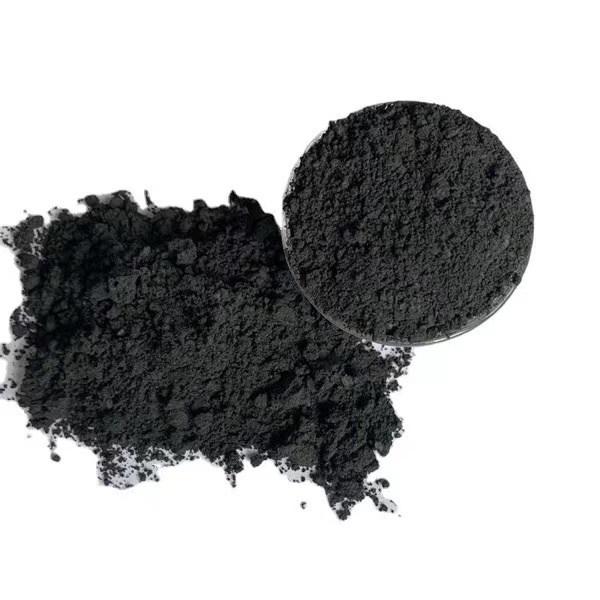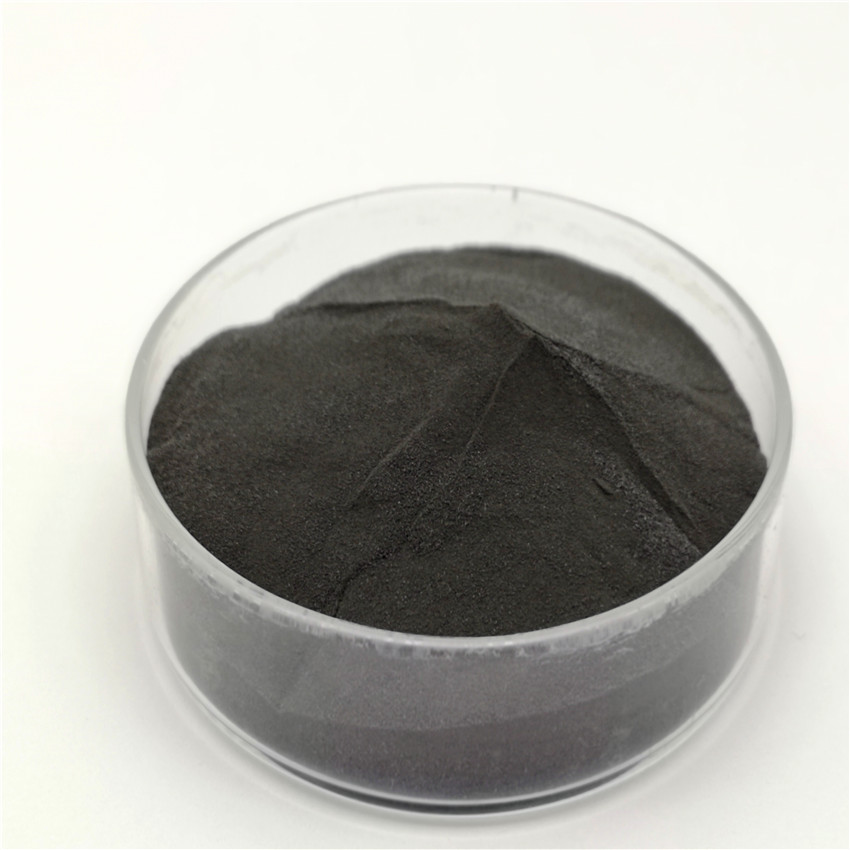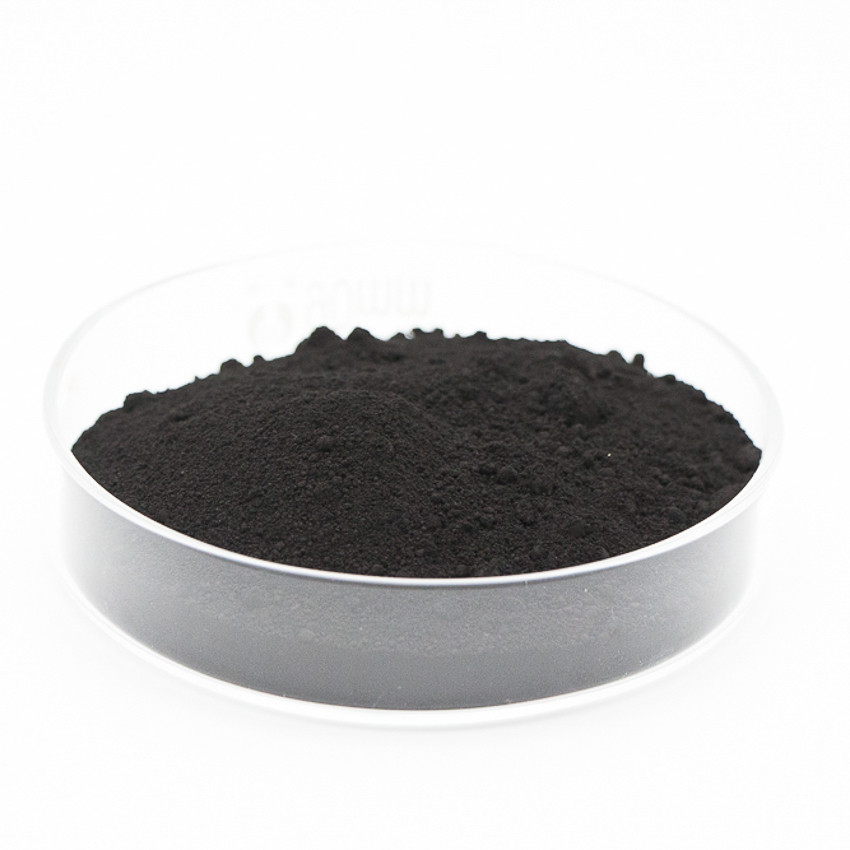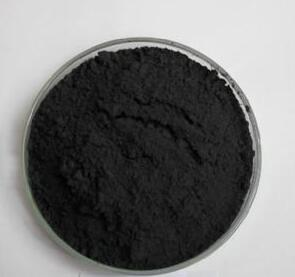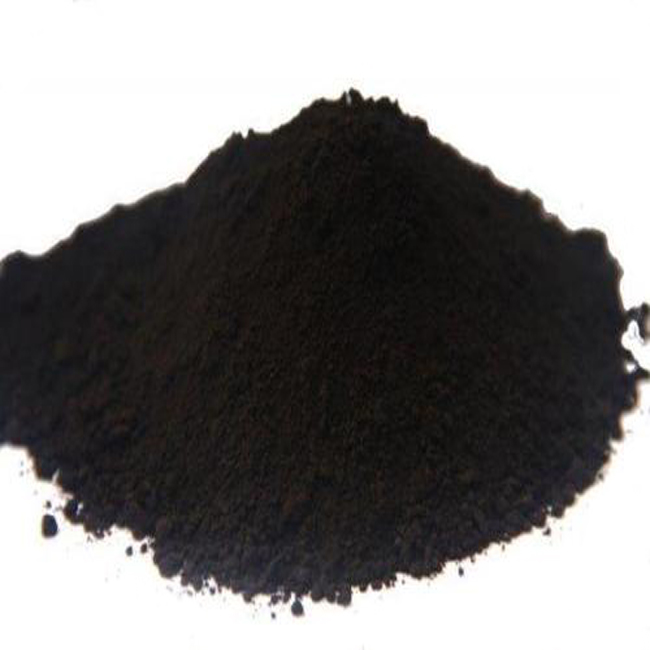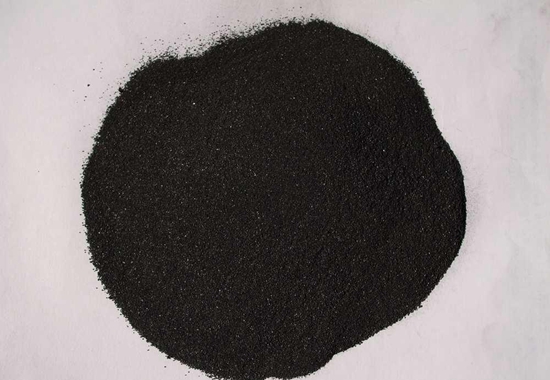Why Are Electrodes Made of Graphite?
Graphite is a naturally occurring, soft and brittle mineral that has the chemical properties of carbon. Graphite electrodes are used as conductors of electricity in electric arc furnaces to generate massive amounts of heat to melt scrap metal and other raw materials needed for steel and non-ferrous products. These electrodes have a good initial electrical conductivity, high thermal and chemical resistance and a small thermal expansion coefficient.
In its natural state, graphite has a structure similar to a honeycomb. Each layer contains carbon atoms that are loosely bonded to each other by weak surface attractions called Van der Waals forces. The free valence electrons of the carbon atoms in each layer are able to move between layers freely due to these weak bonds. This gives graphite its unique properties that make it an excellent conductor of electricity.
Electrodes can be made from any conductive material but noble metals like gold, silver and platinum are very expensive. Graphite is much more affordable and has many other useful properties that make it ideal for use as an electrode material.
Graphite is produced from coal through a process known as coke production. There are two main types of coke – petroleum-based needle coke and coal-based needle coke - which can be used to produce graphite. Coke is a solid byproduct of the refining of crude oil and can be burned to generate electricity and heat, as well as produce other useful chemicals.


